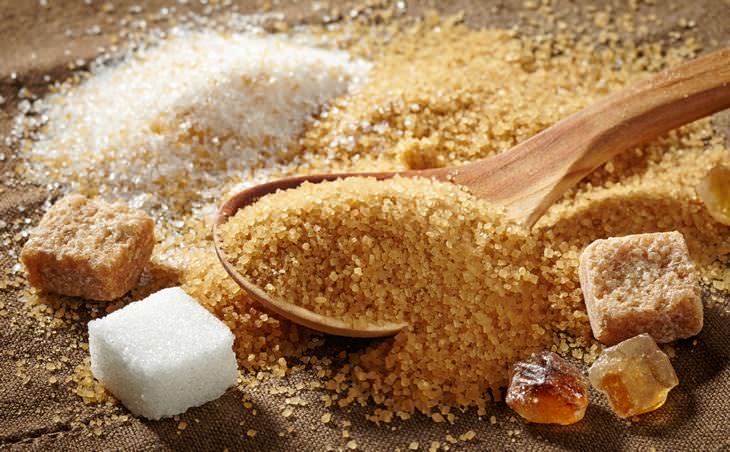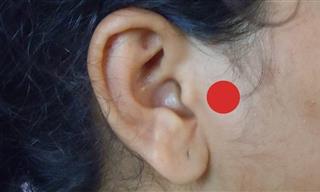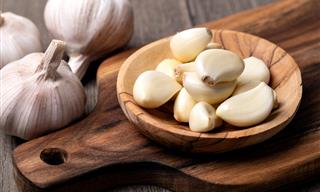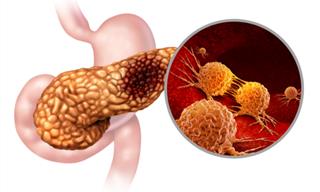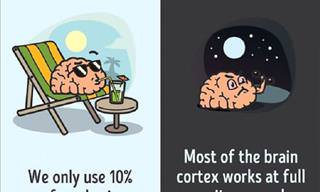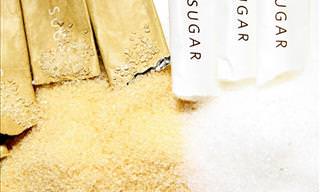1. MYTH: You don't have a sugar problem
Fact: You enjoy a piece of candy every now and then, but you don't have a crazy sweet tooth. For this reason, you assume that your sugar intake is acceptable. But, you're probably wrong.
According to the 2015 Dietary Guidelines for Americans, less than 10% of our daily calories should come from added sugars. This equates to about 50 grams, or 12 teaspoons of added sugar, for someone on a 2000 calorie diet. 12 teaspoons may seem like a generous amount, most of us consume nearly twice that much every day.
In fact, statistics show that 75% of us are eating too much sugar. And if you think that you fall in the other 25%, if you had a blueberry yogurt for breakfast you're already halfway to getting all of your sugar intake.
2. MYTH: Sugar is easy to spot
Fact: Sugar is not just found in desserts and soft drinks. It's hiding in some pretty surprising places.
Many products contain added sugar. When people decide to limit added sugar, they usually avoid offenders like candy, cookies and baked goods. But this can get pretty tricky when buying packaged foods that are marketed as 'healthy'. Some of the biggest offenders are yogurts, granola, energy bars, cereals, flavored applesauce, bread and spreads (like BBQ sauce or some nut butters). To determine how many added sugars a product contains you need to read the ingredients label.
Aside from looking out for the word 'sugar' be on the lookout for high fructose corn syrup, cane sugar, corn sweetener, molasses, syrup, fruit juice concentrates and honey. Another noteworthy point is if sugar appears within the first few ingredients, put it back on the shelf. The higher up the sugars are, the more sugar the product contains. By 2018, added sugars should appear on food labels illustrating the exact amount of added sugars in grams. This should make it easier for consumers to calculate their daily added sugar intake.
Fact: Instead of focusing on things you need to remove, focus on what you can add to your current diet.
Keeping added sugar intake low is not easy, but the best and most successful way to do so is to focus on what you should be eating. This includes minimally processed whole foods like vegetables, fruit, whole grains, seafood, beans, nuts, and seeds. A diet such as this is full of nutrients.
4. MYTH: You need to cut back on fruit
Fact: Fruit is good for you to eat.
While it contains sugar, that sugar is naturally-occurring fructose. It also contains plenty of important nutrients including dietary fiber, vitamins, minerals, and antioxidants. These nutrients, in turn, offer a wealth of health benefits including reducing inflammation, boosting heart health and reducing the risk of chronic disease.
5. MYTH: You need to stop eating desserts
Fact: Cutting back on added sugar does not mean that you need to ignore your sweet tooth altogether.
Rather, have smarter recipes in your arsenal, that will satisfy your sweet tooth without the added sugar.
Click Here for More Tips & Information About Sugar
 Go to BabaMail
Go to BabaMail



